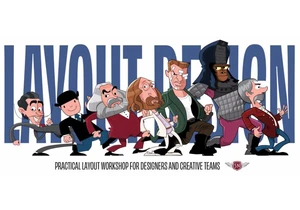This is the first part of a series that dives deep into the shape function, starting with shapes that use lines and arcs.
Better CSS Shapes Using shape() — Part 1: Lines and Arcs originally published on CSS-Tricks, which is part of the DigitalOcean family. You should get the newsletter.
https://css-tricks.com/better-css-shapes-using-shape-part-1-lines-and-arcs/
Connectez-vous pour ajouter un commentaire
Autres messages de ce groupe



CSS-Questions is a mini site where you can test your CSS knowledge with over 100 questions.

Web design veteran Andy Clarke is offering a two-hour workshop all about creating practical and creative page layouts this September 18. Register and save a few bucks with a coupon code.

How do you design block quotes and pull quotes to reflect a brand’s visual identity and help tell its story? Here’s how I do it by styling the HTML blockquote element using borders, de


Parallax is a pattern in which different elements of a webpage move at varying speeds as the user scrolls, creating a three-dimensional, layered appearance. It once required JavaScript. Now we have
